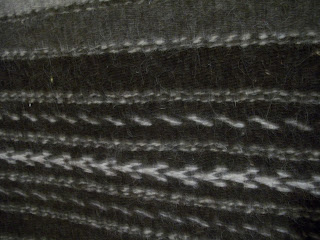 |
| From the greeting of the fall wreath at the front door to......................... |
 |
| the fall plants in a basket as a greeting in the foyer.............................. |
 |
| to the mantel bright with fall leaves and pumpkins........................ |
 |
| to the lively colorful mums that decorate your back door entry...................... |
 |
| and then there is all that orange...................... |
 |
| wicked witches, carved pumpkins and lets us not forget the ghosts that float through the air..... |
 |
| why do we enjoy the saying of fall? the scarecrows and crows? |
 |
| Pumpkins everywhere................. |
 |
| and a fun straw man who frightens off no one..................... |
 |
| Pumpkins here and there.............. |
 |
| and even acorns falling from the oak trees................ |
 |
| down to the 'boo' night light in the bathroom..............throughout the house, we find Orange! This color is just right for me! What does fall mean to you? Now, to dig into those pumpkin muffins................................. |












































